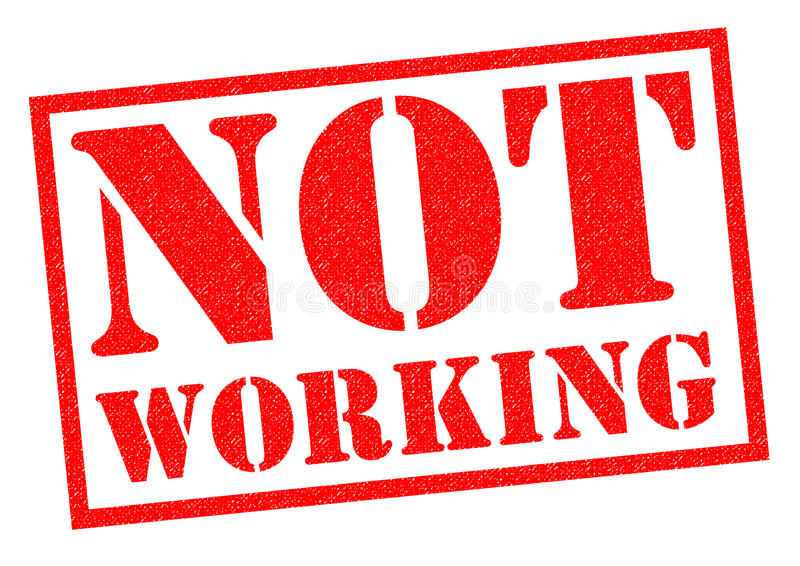
They always say time changes things, but you actually have to change them yourself. – Andy Warhol
Change is a necessary and constant companion in life. Often we don’t like it, we are slow to embrace it, and sometimes we despise it. But change is a consistent disruptor in life. Like it or not, change happens.
In leadership, how well you adapt to change can be a game-changer. Consider the story of the toy company Lego. Founded in 1932 by a Danish carpenter, Lego began small with wooden toys and simple plastic building sticks.

For generations of kids growing up, like myself, building with Legos was a favorite pastime. No one would have ever thought that the popular toy would go away. But it almost did. In 2003, Lego almost went bankrupt as a result of over innovating.
To stay competitive it streamlined its business model by changing the way it managed innovation. By taking the time to see where and why it went wrong, Lego adapted to change and it remains a popular toy today.
Critical to any leader is knowing when change needs to happen and is willing to implement it. But why the resistance? Why do so many leaders self-destruct because of an unwillingness to embrace it?
In part one of this series, I identified the first three obstacles on how change impacts your leadership: comfort zones, habits, and attitude. All of these in some way or another affect the way we respond to change.
It’s time to take a look at the final three obstacles to change that impact your leadership.
Negative perceptions
Being a change agent is not easy. People are creatures of habit and once settled in routines and ways of doing things seldom want to see it change. One reason why change is so hard is the negative perceptions that surround it. And usually, this is created by opponents of change out of fear or lack of clarity surrounding it.
If you want to successfully navigate the waters of change you have to get out in front of it, anticipate the negative perceptions to it, and make the case for it. Click To Tweet It’s been said that perception is reality, but a negative perception of change can be a death-knell if not handled properly.
You can overcome negative perceptions of change but only as you skillfully make the case for it, and communicate the consequences of what happens if you don’t.
Guarded traditions
When time-honored traditions collide with the headwinds of change is when tensions are at their peak. to change is at its peak. One camp wants to move forward and innovate while the other wants to hold onto the traditional ways of doing things. Managing change while respecting the past can be done, but it takes a keen leader to make it happen.
But if traditions are guarded at the expense of progress you stifle the growth that could be yours. While change is inevitable, positive outcomes from it aren’t if you have people working against it. Get the buy-in first.
External forces
There will be times in your leadership when change is brought about by circumstances you have no control over. Covid is a case in point. Many businesses were forced to pivot and make changes in record time just to survive. Regretfully, many didn’t. While you can try to plan and anticipate any and every potential obstacle that can come your way; you’re not going to get it right one hundred percent of the time. The unexpected happens. We like to believe that the force is with us. The truth is, sometimes it’s not.
Final Thoughts
Leading change is one of the greatest challenges you’ll face in your leadership. But also one of the most rewarding when done right.
©2021 Doug Dickerson

